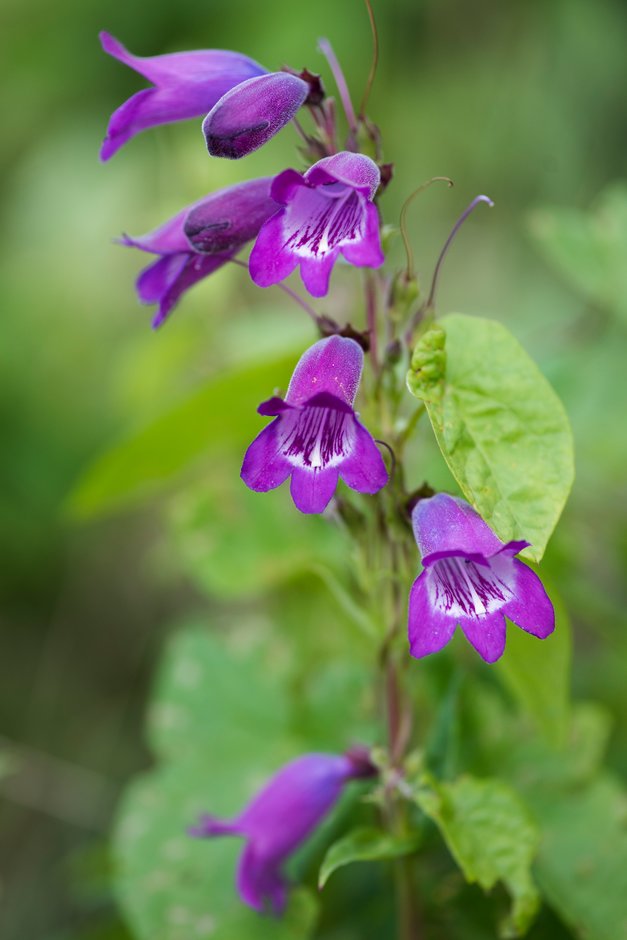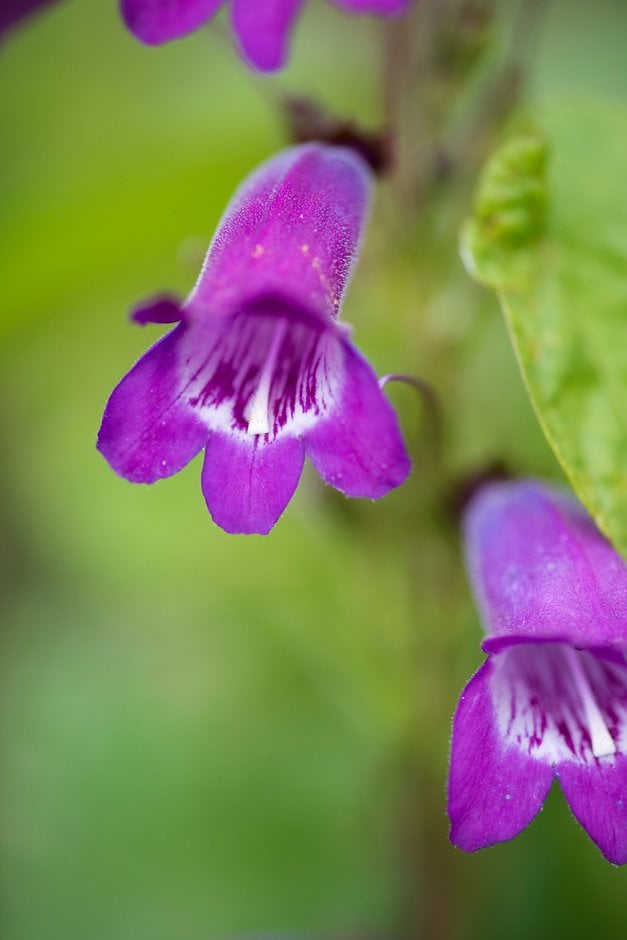Penstemon serrulatus
cascade penstemon
A semi-evergreen subshrub to 50cm, with glossy, oval to lance-shaped, dark green leaves. Broad, dense, one-sided clusters of narrowly bell-shaped, pinkish-purple flowers are produced in late summer
Synonyms
Penstemon diffususSize
Ultimate height
0.1–0.5 metresTime to ultimate height
2–5 yearsUltimate spread
0.1–0.5 metresGrowing conditions
Moisture
Well–drainedpH
Acid, Alkaline, NeutralColour & scent
| Stem | Flower | Foliage | Fruit | |
| Spring | Green | |||
|---|---|---|---|---|
| Summer | Purple | Green | ||
| Autumn | Green | |||
| Winter | Green |
Position
- Full sun
Aspect
West–facing or South–facing
Exposure
Exposed or Sheltered Hardiness
H6Botanical details
- Family
- Plantaginaceae
- Native to GB / Ireland
- No
- Foliage
- Semi evergreen
- Habit
- Bushy
- Genus
Penstemon may be deciduous or evergreen perennials or subshrubs, with simple, narrow leaves and racemes or panicles of bell-shaped or funnel-shaped flowers in summer and early autumn
- Name status
Correct
- Plant range
- W North America
How to grow
Cultivation
Grow in very gritty, sharply-drained soil in full sun. In cold areas, protect plant overwinter with a dry winter mulch. See penstemon cultivation for further advice
Propagation
Take softwood cuttings in early summer or semi-ripe cuttings in midsummer. Divide in spring or propagate by seed in late winter or spring
Suggested planting locations and garden types
- Cottage and informal garden
- City and courtyard gardens
- Coastal
- Gravel garden
- Wildlife gardens
- Flower borders and beds
Pruning
Deadhead after flowering
Pests
Maybe susceptible to slugs, snails, aphids and leaf and bud eelworm
Diseases
May be affected by grey mould, powdery mildews and fungal leaf spot
Love gardening
Sign up to receive regular gardening tips, inspiration, offers and more
View our Privacy Policy
Get involved
The Royal Horticultural Society is the UK’s leading gardening charity. We aim to enrich everyone’s life through plants, and make the UK a greener and more beautiful place.

